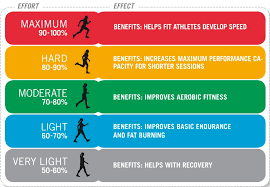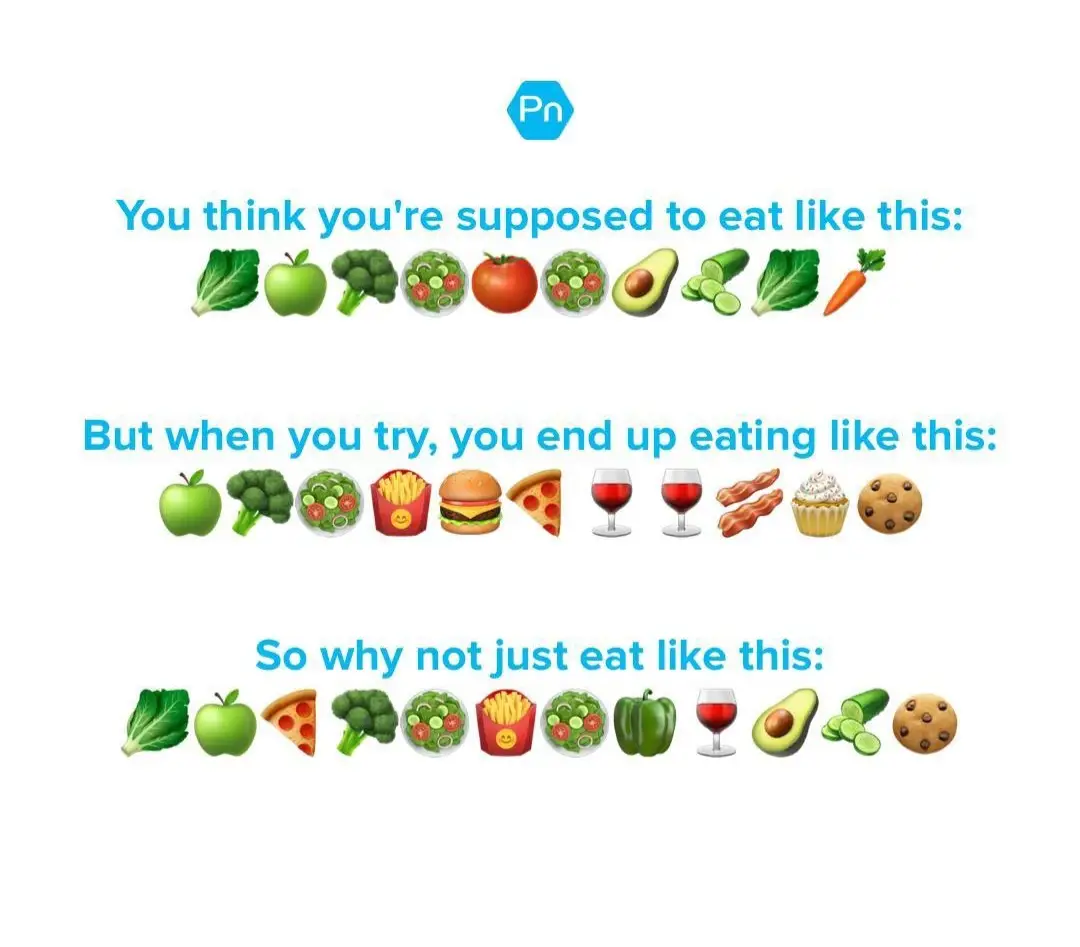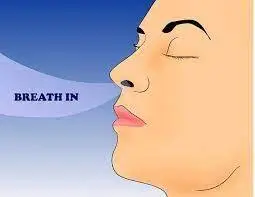Muscle tissue is made up of a variety of cells, known as fibers. These fibers come in different types— fast twitch (the heavy lifters) and slow twitch (the endurance specialists). Fast twitch fibers are like the sprinters of the muscle world: they produce a lot of force but burn out quickly. Slow twitch fibers, on the other hand, are more like marathon runners—reliable, but not exactly powerhouses.
Although science officially recognizes at least three types of twitch fibers, anyone who’s spent time in a biology class knows it’s probably more complicated than that. In reality, muscle fibers likely exist along a spectrum—from “snail’s pace” to “rocket booster.” That spectrum might look something like this:
Slowest >>> Slower >>> Slow >>> Fast >>> Faster >>> Fastest
Now, let’s discuss oxygen. The slower fibers are more aerobic, meaning they’re big fans of oxygen and use it to generate force. These fibers come with the following traits:
-They depend on oxygen to function properly
-They don’t generate much force (sorry, slowpokes)
-They’ve got serious stamina
The faster fibers, on the other hand, are more anaerobic. These are the sugar-burning speed demons of your muscle system. Key traits of these high-octane fibers include:
-They require glucose (or glycogen) to function
-They produce a lot of force
-They tap out quickly—they’re more “sprinter” than “stayer”
Muscle fiber recruitment happens in a specific order: From the slowest (and weakest) to the fastest (and strongest), depending on the demands of the task. So, a gentle stroll calls on your slowest fibers, while an all-out sprint activates everything from tortoise to cheetah. In other words:
The main factor that determines whether an activity is aerobic or anaerobic is which muscle fibers are recruited.
Oddly enough, aging and a sedentary lifestyle seem to target the fast muscle fibers for early retirement, while also chipping away at the aerobic qualities of the slower ones. The result? An older, inactive adult ends up with weak, sugar-burning muscle tissue that’s not great at lasting long or lifting heavy. No wonder getting out of a chair starts to feel like an Olympic event.
This explains a lot of the physical performance issues commonly seen with aging. But here’s the good news: strength training can boost the endurance of those fast fibers, and endurance training can actually make slow fibers stronger. Your muscles are team players—they adapt no matter which route you take.
At this point, there’s no need to get overly picky about whether strength or endurance training is “better.” Both lead to positive changes in strength and stamina. And for the aging and sedentary crowd (you know who you are—if you groan every time you stand up, this might be you), a well-rounded training program that improves both strength and endurance across all types of muscle fibers isn’t just helpful—it’s essential.
Let’s keep moving forward together,
Nick and Tom






